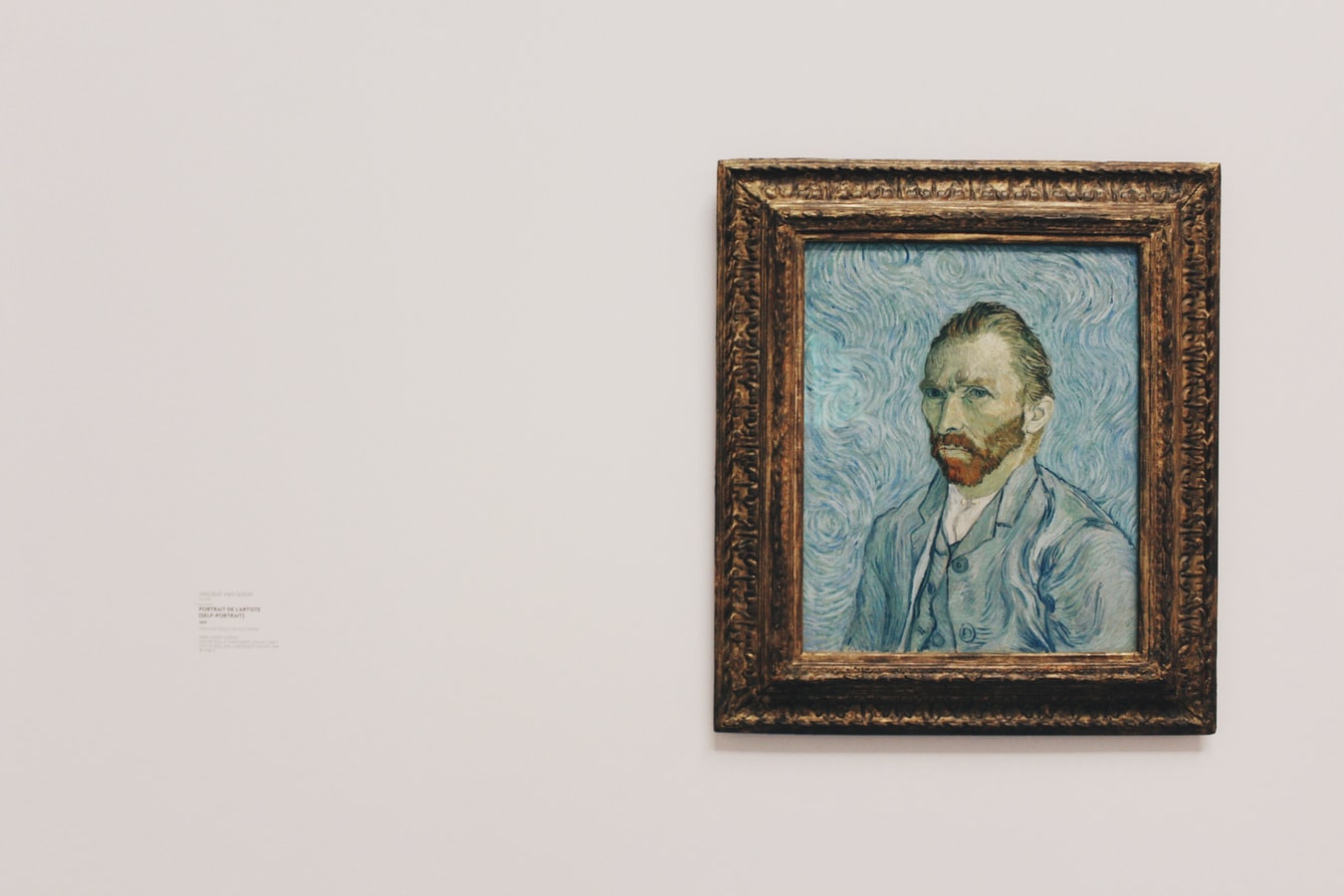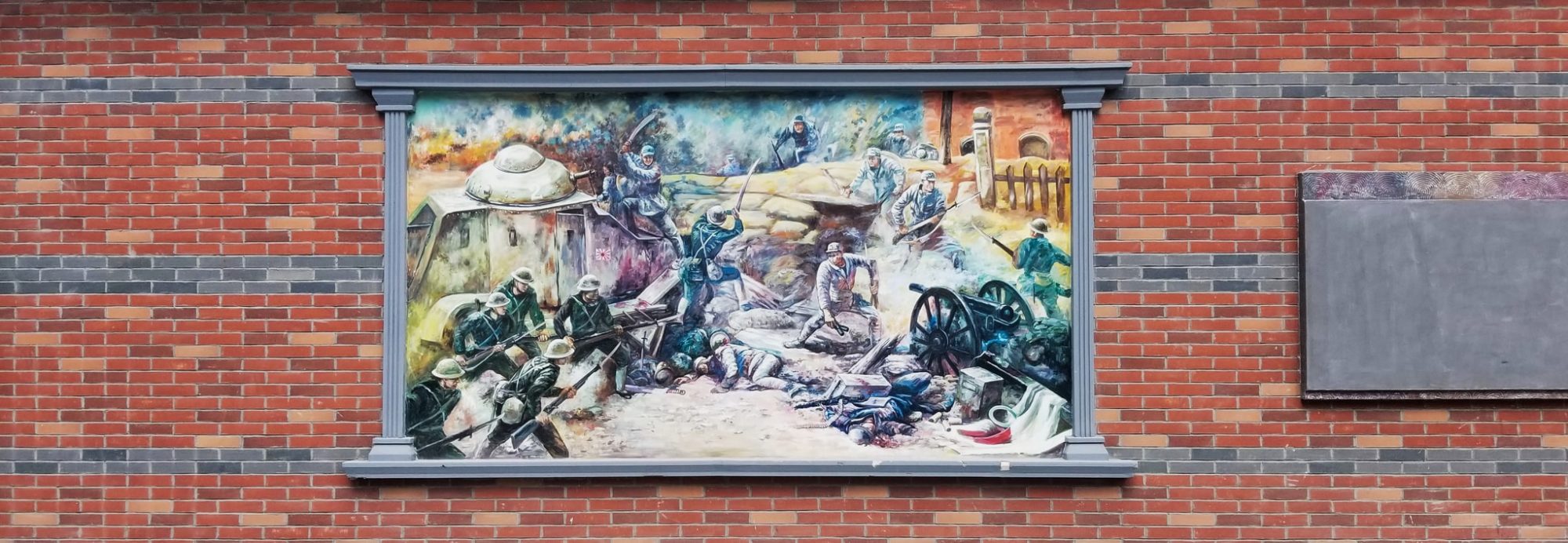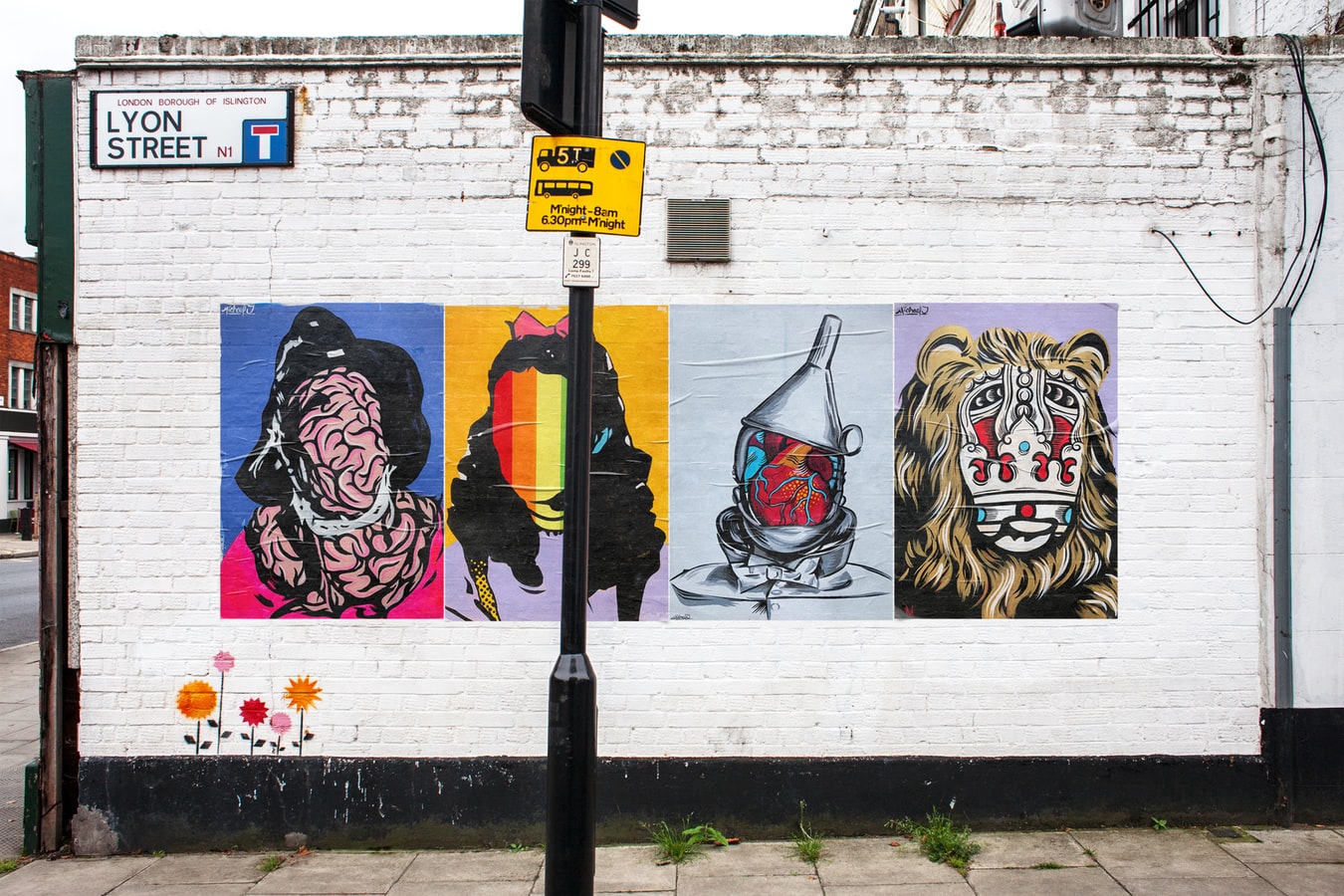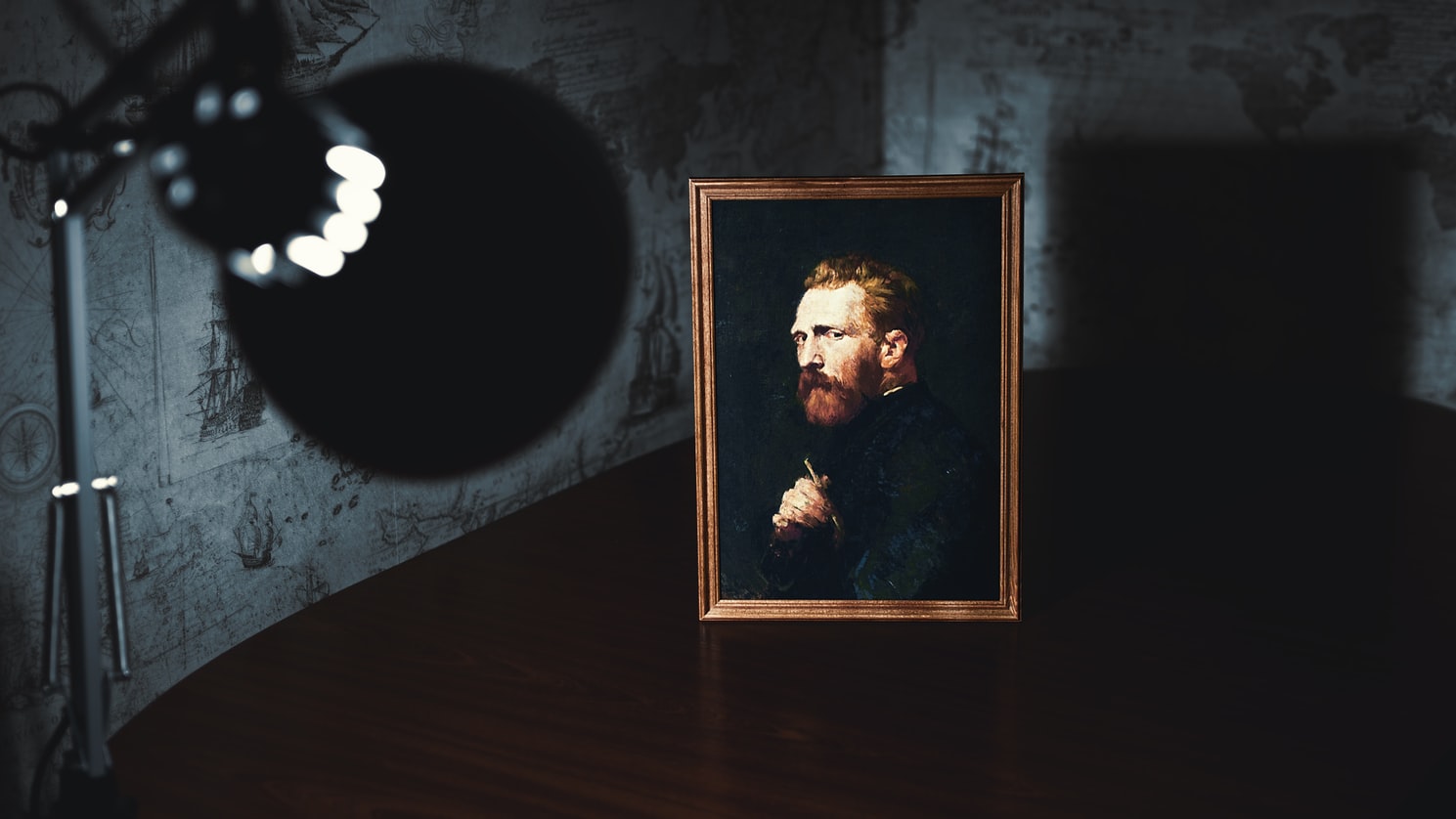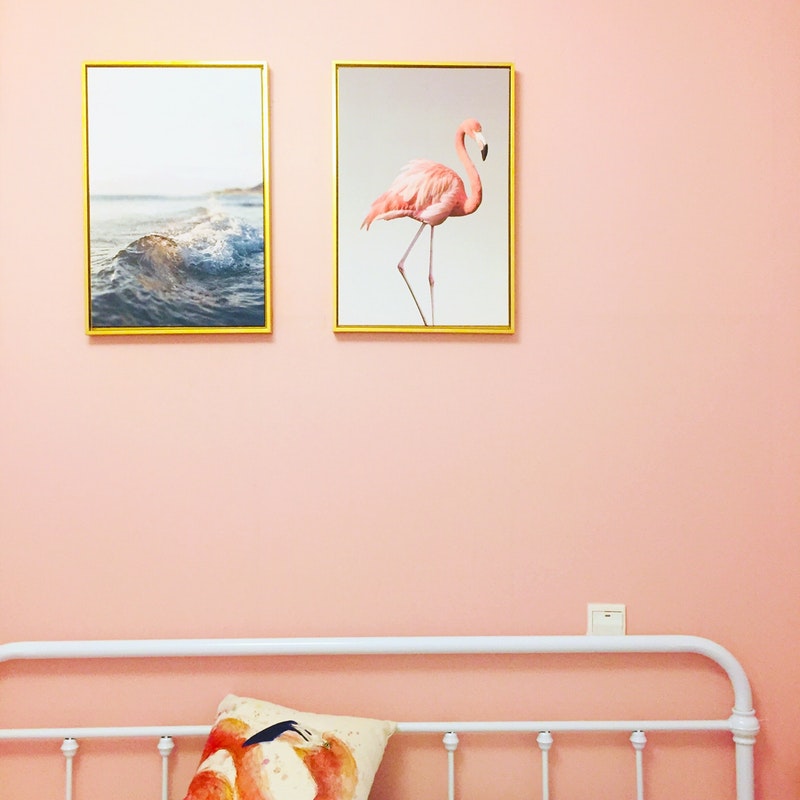Even though taking photos of artwork might seem pretty simple and straightforward, it’s usually not like that. You can face various challenges in the process of shooting artwork and it’s essential to be prepared, especially if the photos will be used for commercial purpose. Just like product photography, artwork images need to be technically perfect.
The following 5 tips will help you achieve some truly impeccable artwork photos:
1. Remove the glass and clean up the background
It’s important to get the artwork removed from the glass before shooting it because reflections and glare aren’t welcome at all. In case you really don’t want to remove the glass, you can still get some quality images of artwork but you have to be really careful about lighting placement and possible reflections.
Another thing that is really important in artwork photography is background. You shouldn’t use any cluttered or multicolour background. Both 2D and 3D works can be hung or leaned against a plain backdrop – it can be white, black, grey, beige or some neutral pastel colour.
2. Shoot outdoors in the shade
You need a soft even light for photographing artwork and you can achieve this is a number of ways, with either natural or artificial light. The easiest way to get this kind of light is by placing the artwork outside in the shade. Make sure to avoid direct sunlight, because it will create harsh shadows!
3. Make sure to shoot flat and straight
If you’re shooting a 2D artwork such as a painting, remember that shooting at an angle will create a perspective distortion and that’s something you have to avoid. You should always shoot a 2D artwork straight on! When it comes to 3D artworks such as sculptures, you have more freedom to experiment with various angles.
In addition to the full shot of a piece of art, you should also take detail shots especially if you’re shooting a large and complex piece. Larger artworks often have interesting areas that can easily get overlooked or ignored in the full shot.
4. Find the ideal camera settings
There is no room for mistakes when it comes to camera settings in artwork photography. Your image has to be as clean as possible without much noise and also perfectly focused. This means that you should use the base ISO of the camera, such as 50 or 100.
Since you want your photo to be as sharp as possible, start with the aperture of f/8 and adjust it accordingly. This aperture (f/8) is where most lenses perform at their best. You should also avoid any kind of wide angle distortion and use lenses with the focal length of 50mm or more.
Finally, be aware of the importance of correct white balance and take an image of a grey card so that you can set your white balance later in editing.
5. Bring a tripod
Since your artwork photographs need to be perfectly sharp, it’s best to avoid any possibility of camera shake. In order to achieve the sharpest images possible, use a tripod, cable release or camera timer. Even if the lighting seems ideal and your hands seem super steady, you should still rely on a tripod because even the slightest shake can be problematic when it comes to artwork and product photography.
In case these brief tips weren’t enough and you want to learn more about photographing artwork and various products, make sure to check out the following links:
Further Resources:
- How To Photograph Museums And Galleries
- Impress Your Client With These 6 Product Photography Tips And Tricks
- 15 Examples Of Product Photography To Spark Your Creativity

